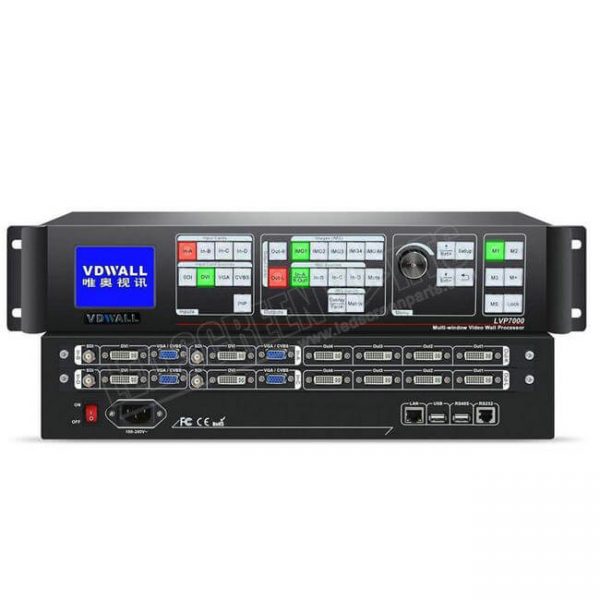
There is innovation circling around in a new field of lighting and imagery; short wavelength infrared. In this post, we will explore what SWIR is and what impact it has in different areas of its application.
What is Short Wavelength Infrared?
It is a technology that is used in various application to produce imagery that is otherwise outside the electromagnetic spectrum of the naked eye. To understand things more clearly, all objects have a thermal temperature that they maintain. Objects that have a thermal temperature above absolute zero (0 K) can be detected by Long or Mid wavelength ranges. This allows the thermographic cameras to easily capture imagery for these objects.
SWIR has a unique range because its nearer to the range of visible imagery but also permits thermal senses usually above temperatures of 100 °C.
Now for further insight, let’s dive in the basics of SWIR imaging:
Infrared radiation starts from a red edge of the visible light to a wavelength range of about 700-1000,000 nm. This spectrum is divided into four clear bands: Near Infrared, Short Infrared, Mid Infrared, and Long infrared. (NWIR,SWIR,MWIR,and LWIR).
Different objects in the world have different physiochemical properties that determine the extent to which SWIR will be able to penetrate or get absorbed their physical properties to produce their image.
The best thing about SWIR is that it is not dependant or affected by the natural temperature of objects like MWIR and LWIR are, and it is also not affected by the external lighting conditions like other optical imagery technologies.
This ability makes it a great contender for application in many different industries including:
- Food packaging
- Automotives
- Chemical Analysis & Purity testing
- Agriculture
- Range Finding
- Astronomy
- Active imagery
- Small animal imaging
- Astronomy
- Solar cell industry
There are more applications of the SWIR mentioned above. The most important being the medical industry. Medical equipments make use of short wavelength infrared to detect hidden foriegn bodies in the human body as well.
One of the most important advantage of an SWIR camera is the fact that the images are in black and white. There is no color. This makes it very easy to spot and identify objects. SWIR has a unique ability to detect what the human eye cannot. When we view visible images, we see what the naked eye can see, the usual features of the object. SWIR however, can dive a little deeper and with no color, it gives us a clear picture of the defects in objects like a bad apple or oil leaks in a car engine.
SWIR is undoubtedly a game changer. It can detect what the visible eye cannot and it can do so with great precision. It increases the range of detection that comes through IR significantly.
SWIR usage can have great impact on any company’s bottom line. You just have to figure out how it can be applicable. From farmers to insurance companies, Short Wavelength Infrared can prove to be a great asset to any business.



























